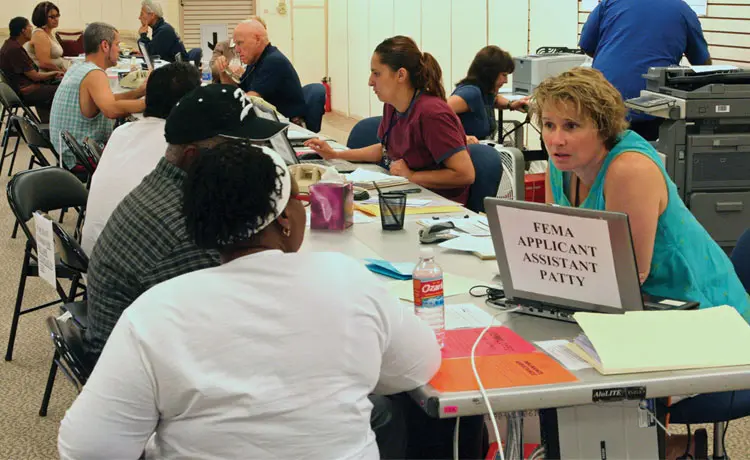People who believe they are “prepared” for disasters often aren’t nearly as prepared as they think. Being prepared is a lot more than having a few flashlights and a battery-powered radio. Preparedness research shows that many people do not have household plans, and many do not know their community’s emergency evacuation routes. Our nation’s first responders do an amazing job of keeping us safe – but they can’t do it alone. We must all take responsibility to be prepared, and contribute to the safety and security of our community.
Plan Only Once, and Apply Your Plan to All Types of Hazards
- Learn about the hazards that may strike your community, the risks you face from these hazards and your community’s plans for warning and evacuation. You can get this information from your local emergency management office or your local chapter of the American Red Cross.
- Many communities have systems that will send instant text alerts or emails to citizens. Check with your state or local government to learn what is available in your area: ready.gov/today
- Wireless Emergency Alerts (WEA) are text-like emergency messages sent by authorized government authorities. WEA messages show the type and time of the alert, any action you should take and the agency issuing the alert. For more information, visit: ready.gov/alerts
- Develop a family preparedness plan that covers emergency contact information for family members, predetermined meeting places, home evacuation procedures, emergency pet care, safe storage of food and water, and assembling disaster supplies kits.
- Know what emergency plans are in place at your work and your children’s school or day care.
Engage Your Community: Create a Team with Your Friends and Neighbors
After you have prepared yourself and your family, you may want to commit to helping others. Ensuring a safer community consists of trained volunteers and informed citizens taking action to support emergency response agencies during disasters. There are many things you can do to make a difference, for example:
- Meet your neighbors: Know who may need assistance during an emergency. Then help at least three people who may need more assistance to prepare (e.g., elderly, people with disabilities).
- Start talking preparedness! 53% of people receive preparedness information through conversations with neighbors, friends or family.
- Conduct a safety drill at home or at work.
- Create a community network to share updates on events and emergencies in your area.
- Volunteer and receive training to support preparedness efforts. For example, get trained basic disaster response skills, such as fire safety, light search and rescue, and disaster medical operations.
- Get trained in CPR and basic first aid. Knowing how to spot symptoms and perform emergency aid can save a life.
- Find your local Citizen Corps.
Check out the organizations already doing good work in your community. Many groups have identified community needs and have built the expertise to provide solutions.
It Doesn’t Stop at Being Prepared
Recovering from a disaster is usually a gradual process. Once you know your family is safe, you’ll want to start getting your home, community and day-to-day life back to normal. Kindness does a lot to help communities heal from the tragic consequences of disasters.
- After a disaster, check on your neighbors to make sure they are safe.
- Help your community or neighbors clean up after a disaster, and reach out to those around you to provide emotional support.
- Volunteer with a recognized organization involved in disaster response and recovery prior to the next disaster event. There are many local community preparedness groups that have active disaster programs and need volunteers.
Planning before an emergency is the best protection for your family and community.
For more information on various family and community preparedness products available to purchase for your citizens and leaders, browse the QuickSeries® library of guides, including Disaster Preparedness and Disaster Recovery.
